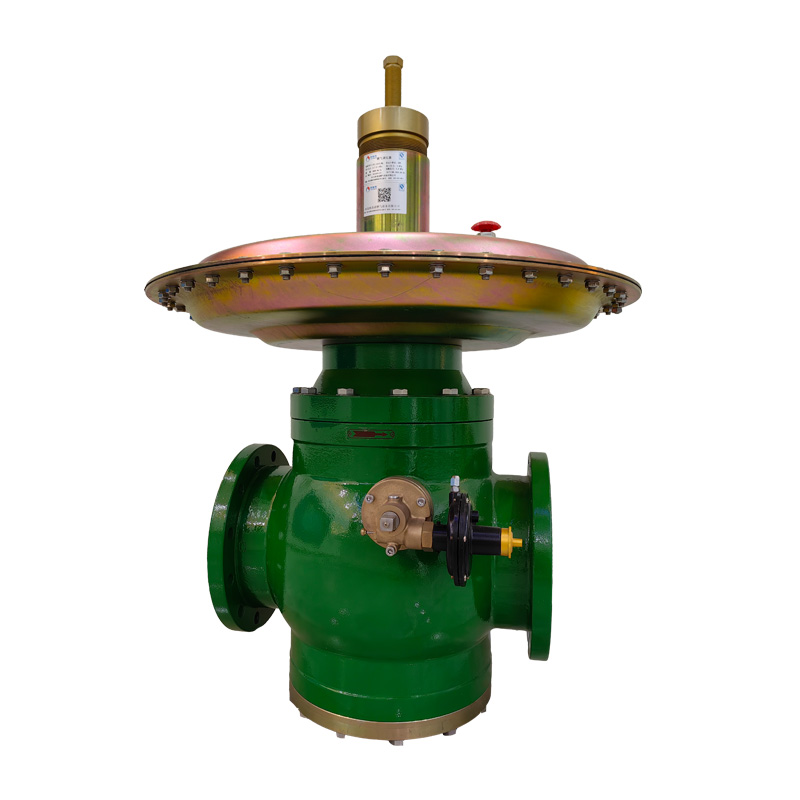
Oct . 13, 2024 06:20
Back to list
محطة تخفيض الضغط
Understanding Pressure Reduction Stations in Natural Gas Systems
Pressure reduction stations play a crucial role in the distribution of natural gas, ensuring that the gas delivered to consumers is at a safe and usable pressure. These stations are strategically placed within the gas transmission and distribution networks to manage the pressure of the gas as it flows from high-pressure pipelines to lower pressure delivery systems. The efficient functioning of pressure reduction stations is essential for both the safety of the pipeline system and the reliability of gas supply to end users.
Function of Pressure Reduction Stations
The primary function of a pressure reduction station (PRS) is to reduce the pressure of gas from the transmission system to a level that is suitable for residential, commercial, and industrial use. Natural gas is transported from production sites through high-pressure pipelines, which can operate at pressures exceeding 1,000 psi (pounds per square inch). However, the pressure required for delivery to homes and businesses is typically between 5 to 60 psi.
To achieve this, a pressure reduction station uses various components to manage the gas flow effectively. The station generally comprises pressure regulators, valves, filters, and sometimes measuring equipment. The pressure regulator is the key element; it controls and maintains the outlet pressure at the desired level, ensuring that the gas supply is stable and consistent.
Components of a Pressure Reduction Station
1. Pressure Regulators These devices automatically adjust the flow of gas and maintain it at a predetermined pressure setting. They respond to fluctuations in pressure upstream or downstream, allowing for a steady supply.
.
3. Filters Before the gas can be delivered to consumers, it must be cleaned of contaminants. Filters within the PRS remove impurities like dirt, dust, and liquids that can cause damage to the downstream pipeline and appliances.
محطة تخفيض الضغط

4. Measuring Instruments These instruments monitor the pressure, temperature, and flow rate of the gas entering and leaving the station. Accurate measurements are vital for regulatory compliance and operational efficiency.
Safety Considerations
Safety is a top priority in the design and operation of pressure reduction stations. These facilities are equipped with safety mechanisms to prevent over-pressure situations, which could lead to pipe ruptures or leaks. Regular maintenance inspections and upgrades are essential to ensure that all equipment functions properly. Additionally, pressure reduction stations are usually designed with redundancy in mind – incorporating backup systems to maintain operations in case of equipment failure.
Technological Advancements
With advances in technology, pressure reduction stations are becoming more efficient and safe. Modern stations utilize smart technology and automation for real-time monitoring and control, which significantly enhances their operational efficiency. Remote sensing and telemetry systems can alert operators to potential issues before they cause significant problems, allowing for proactive maintenance.
Furthermore, many stations are now integrating renewable energy sources for their operation, contributing to a more sustainable energy landscape. This shift not only helps reduce operational costs but also aligns with global environmental objectives.
Conclusion
Pressure reduction stations are vital components of the natural gas distribution infrastructure. By managing the pressure of gas being delivered to consumers, they ensure safety and reliability. With ongoing technological advancements, these stations will continue to evolve, enhancing their efficiency and contributing to the sustainable management of gas resources. As the demand for natural gas grows, understanding the importance and functionality of pressure reduction stations will be crucial for stakeholders in the energy sector.
Latest news
-
Safety Valve Spring-Loaded Design Overpressure ProtectionNewsJul.25,2025
-
Precision Voltage Regulator AC5 Accuracy Grade PerformanceNewsJul.25,2025
-
Natural Gas Pressure Regulating Skid Industrial Pipeline ApplicationsNewsJul.25,2025
-
Natural Gas Filter Stainless Steel Mesh Element DesignNewsJul.25,2025
-
Gas Pressure Regulator Valve Direct-Acting Spring-Loaded DesignNewsJul.25,2025
-
Decompression Equipment Multi-Stage Heat Exchange System DesignNewsJul.25,2025

